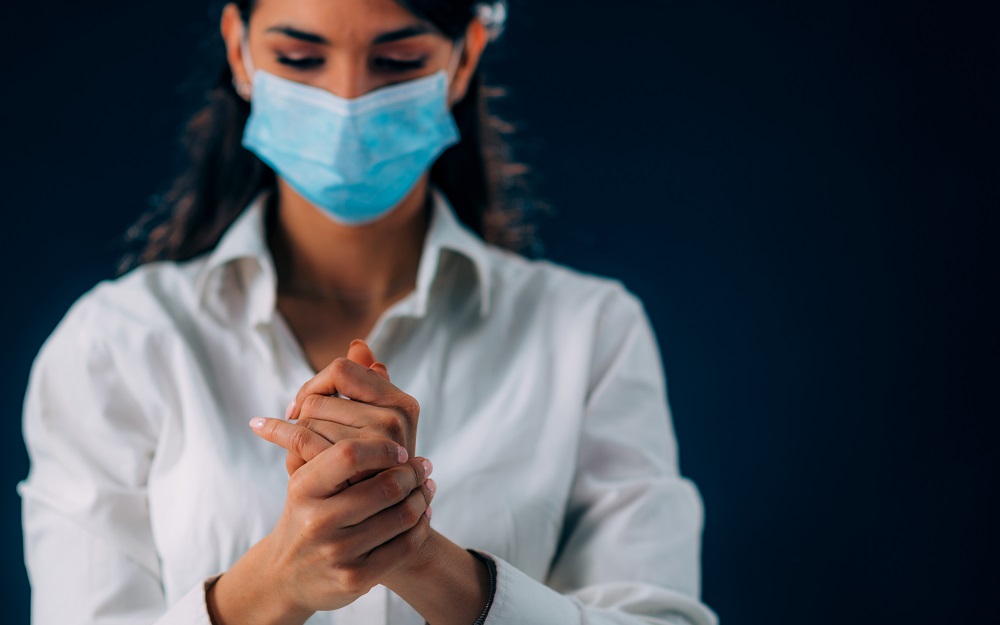
A recent study conducted by researchers at Johns Hopkins Bloomberg School of Public Health discovered that the number of U.S. prison inmates tested positive for COVID-19 was 5.5 times higher than the general U.S. population, with an inmate case rate of 3.251 per 100,000 population compared to 587 cases per 100,000 in the general population.
The researchers have found that the death rate of U.S. inmates was 39 deaths per 100,000 prison residents, higher than that of the U.S. population at 29 deaths per 100,000 people. After accounting for age and gender differences between the two classes, the mortality rate for inmates would be three times higher than for the general U.S. population.
The study, which investigated cases and deaths from March 31 to June 6, 2020, found that cases of COVID-19 in prisons increased by 8.3 percent per day compared to 3.4 percent in the general population. The study includes COVID-19 cases among prisoners, including active confirmed cases, recoveries, and deceased persons, posted on publicly available data sources such as corrections departments’ websites, news reports, and press releases.
“While these numbers are striking, we actually think the disparities within prisons is much greater,” says lead author Brendan Saloner, PhD, associate professor in the Department of Health Policy and Management at the Bloomberg School. “Some prisons are not reporting any cases, others are not even testing inmates, so the need for policies to protect incarcerated populations is more important than ever.”
For this study, Bloomberg School researchers have partnered with UCLA Law COVID-19 Behind Bars Data Project, a new program based at the University of California, Los Angeles—led by senior author Sharon Dolovich, JD, PhD, University of California, Los Angeles School of Law—that gathers data on inmates in state and federal prisons.
The researchers used evidence provided by corrections departments and external medical examiner reports to analyzeCOVID-19 deaths. Using data from the Centers for Disease Control and Prevention and the American Community Survey of the U.S. Census Bureau, scientists were able to gather state-level information on COVID-19 incidents, fatalities, and demographics for the general U.S. population.
The researchers counted the cases of COVID-19 and the deaths of prisoners and the general population separately. During the study period, 42,107 cases of COVID-19 and 510 deaths among 1,295,285 prison residents were reported. There were 1,920,904 infections and 95,608 deaths in the U.S. population.
Prison populations are particularly vulnerable to the transmission of highly infectious diseases such as COVID-19. Close confinement, inadequate access to personal protective equipment, and high levels of pre-existing respiratory and cardiac conditions are factors that could worsen the spread of COVID-19 among the two-plus million imprisoned in American prisons, jails, and correctional facilities. Policies that have the ability to curb the virus’ transmission include the early release of inmates who are unlikely to present a risk of reoffending, the introduction of strong infection prevention measures, and widespread testing.
“Prisoners have a right to adequate protection of their health while incarcerated,” says Saloner. “The reality of these findings shows that we aren’t coming anywhere close to meeting their basic needs. Ultimately, it creates a dangerous situation for the inmates, prison staff, the communities that prisons are located in, and in our overall effort to contain the crisis.”












































